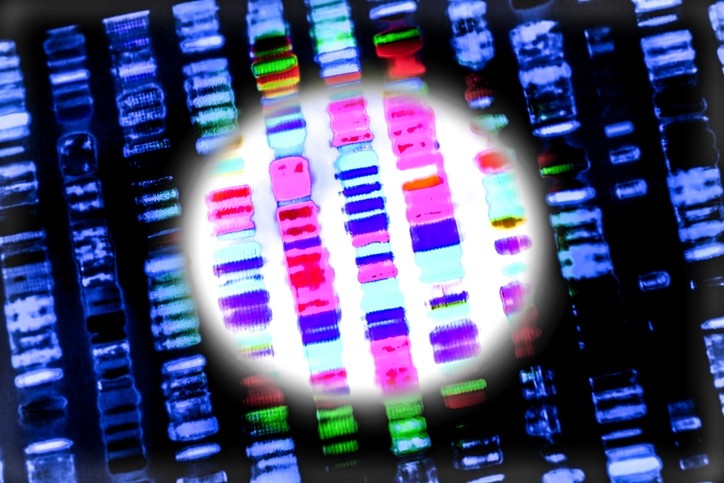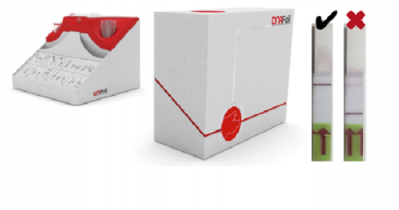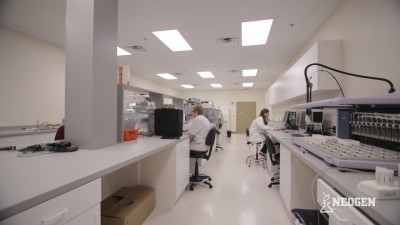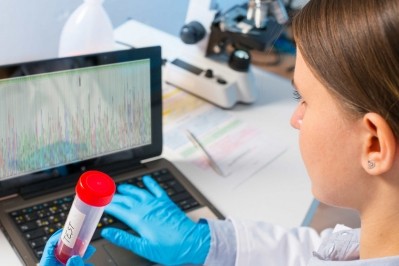PulseNet International pushes uptake of whole genome sequencing

PulseNet International chose the extended MLST approach as its default phylogenetic analysis tool.
They said it delivers sufficiently high resolution and epidemiological concordance plus unambiguous nomenclature for surveillance.
Standardisation will boost sharing of information within regional and global public health laboratory networks enabling data to be compared across countries in real-time which is especially important due to international travel and trade
The network includes national and regional laboratories in Africa, Asia Pacific, Canada, Europe, Latin America and the Caribbean, the Middle East and the US.
It warned that WGS should not be portrayed as a panacea and does not replace the need for quality epidemiological data to be interpreted in context with laboratory results.
Analysis of WGS data
Three common approaches to analyse WGS data are k-mers, single nucleotide polymorphisms (SNP) and the gene-by-gene based – i.e. extended MLST based on WGS – approach.
K-mers have lower discriminatory capacity than the other methods and the SNP approach is highly discriminatory but sensitive to selection of the reference the SNPs are called against.
“The extended MLST schemes assess information from coding regions only, and collapse different types of mutations into a single allelic change.
“Allele information is assessed by comparing new sequences with an allele database that contains all genes (‘loci’) present in the typical several hundred strains used to create the scheme. The allele calling process can be automated but is fairly slow; once alleles are called the analytical process is fast.
“Extended MLST schemes are phylogenetically relevant and…appear to be as discriminatory as SNP comparisons for Salmonella and Listeria, and provide significantly improved resolution and epidemiological concordance compared with molecular methods.
“Backwards compatibility of WGS with the existing gold standard methods PFGE and MLVA is very limited, regardless of the WGS analysis method.”
The primary method of molecular subtyping to identify and investigate outbreaks has been pulsed-field gel electrophoresis (PFGE) with multilocus variable-number tandem repeat analysis (MLVA) on selected organisms.
The GenomeTrakr network (US Food and Drug Administration) has pioneered open source tools, public data sharing and application of WGS to regulatory and compliance activities
The European Centre for Disease Prevention and Control and European Food Safety Authority are collecting and analysing molecular typing data in a single database.
The Global Microbial Identifier initiative is planning global genomics systems for all infectious diseases and the COMPARE project is working on supporting WGS data sharing and analysis.
Eva Møller Nielsen, section head of the department for bacteria, parasites and fungi at the Statens Serum Institut (SSI) in Denmark, said it was pleasing there was agreement on how the method should be standardized.
"Whole genome sequencing for controlling foodborne infections has produced very good results in Denmark, but there is even more potential in getting the method widely used globally, including in order to track sources of infection and disease outbreaks across national borders," she said.
"It is important for data sharing regionally and globally and thus for the possibilities of reducing both the human and economic costs of foodborne disease outbreaks. It has been important for SSI to contribute to the cooperation, and we will continue to work on the development and standardization of the method."
Steps to success
Successful implementation of WGS-based surveillance on a global scale requires planning, building of capacity and training of public health and microbiology personnel to develop local readiness, especially in limited resource settings, said Jacob Moran-Gilad of the faculty of Health Sciences, Ben-Gurion University of the Negev, Israel.
Care should be taken to address ‘softer’ issues, including possible cultural, political and cross-sector barriers, which together with economical, management and operational aspects could influence successful implementation, he wrote.
Different from current protocols in which only typing results are shared, the transition to genome-based surveillance involves sharing complete sequence data.
This has many implications in respect to data storage, analysis and sharing infrastructures and data ownership, privacy and transparency of genomic sequences and related metadata.
There is a need for user-friendly bioinformatics to enable automated analysis of bacterial genomes by non-experts to extract information in a time-efficient manner.
Such tools should offer as much backwards compatibility as possible with current typing methods since transition to WGS is expected to be gradual. It should also offer an efficient strain/allele nomenclature that facilitates inter-laboratory work.
Bioinformatics should also factor in developments in DNA sequencing, particularly long-read single molecule sequencing platforms and portable sequencing devices which are increasingly being used.
Other techniques such as strain typing and characterisation using proteomics (particularly matrix-assisted laser desorption/ionisation (MALDI) time-of-flight (TOF) mass spectroscopy) or DNA arrays are rapidly evolving and should be evaluated.
Metagenomics is also advancing and culture-independent microbiology, enabling genomic analysis of pathogens directly from sequenced clinical or environmental samples (as opposed to cultured isolates), is just around the corner.
Source: Eurosurveillance, Volume 22, Issue 23, 8 June 2017
“PulsetNet International: Vision for the implementation of Whole Genome Sequencing (WGS) for global foodborne disease surveillance”
Authors: C Nadon, I Van Walle, P Gerner-Smidt, J Campos, I Chinen, J Concepcion-Acevedo, B Gilpin, AM Smith, KM Kam, E Perez, E Trees, K Kubota, J Takkinen, EM Nielsen, H Carleton

























